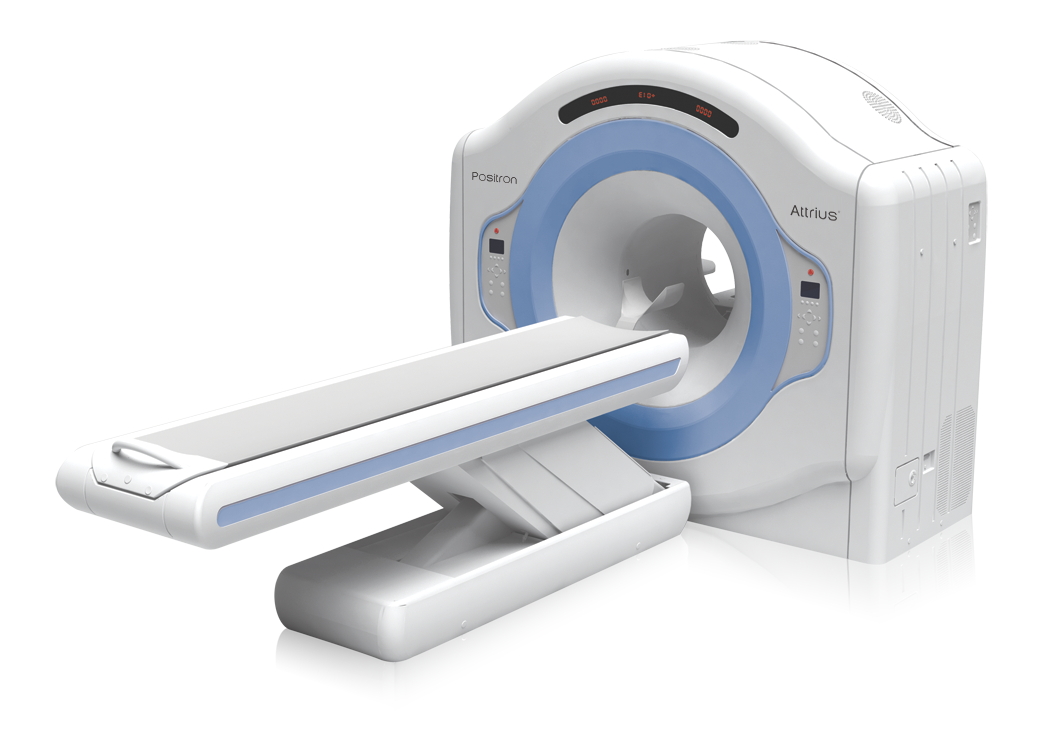
PET probe images inflammation with high sensitivity and selectivity
On Jan. 22, 2025, researchers at Dana-Farber Cancer Institute announced they have developed a breakthrough method to detect inflammation in the body using positron emission tomography (PET) imaging.
This innovative probe targets CD45, a marker abundantly expressed on all immune cells but absent from other cell types. In healthy animals, the probe provides remarkably clear images of immune system organs such as bone marrow, spleen, and lymph nodes.
In disease models, it reveals inflammation in affected organs, such as the colon in inflammatory bowel disease and the lungs in acute respiratory distress syndrome. The researchers found that the inflammation severity shown by CD45-PET correlates with both microscopic tissue analysis and clinical symptoms.
They also developed a human CD45-PET probe and demonstrated its ability to detect human immune cells in a humanized mouse model. Furthermore, in animal models of graft-versus-host disease – a serious condition following bone marrow transplants – the human CD45-PET probe showed potential for early detection and precise localization of the disease, which can manifest in various body parts. The team is now working toward initiating clinical trials to validate their human CD45-PET probe.
The study was published in Nature.
Tags:
Source: Dana-Farber Cancer Institute
Credit:
